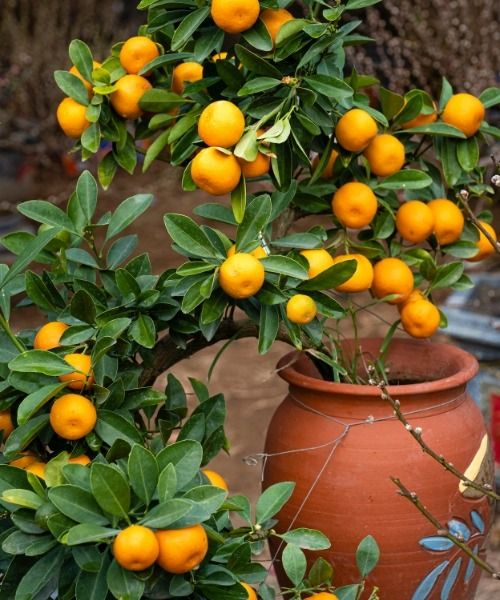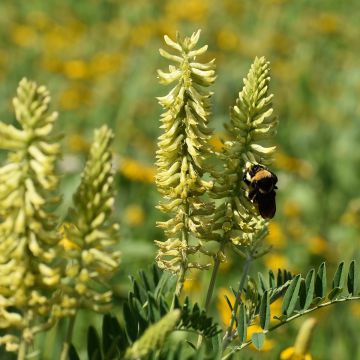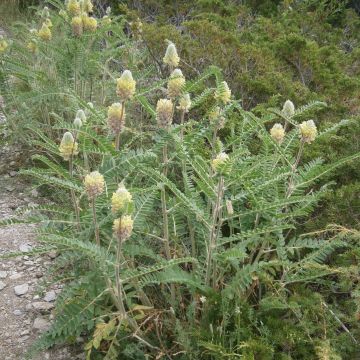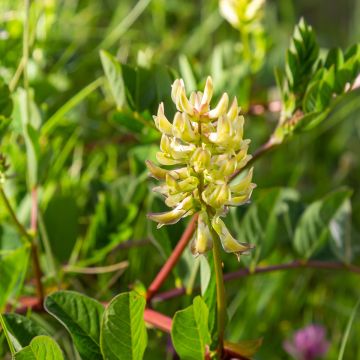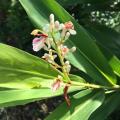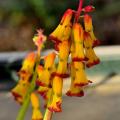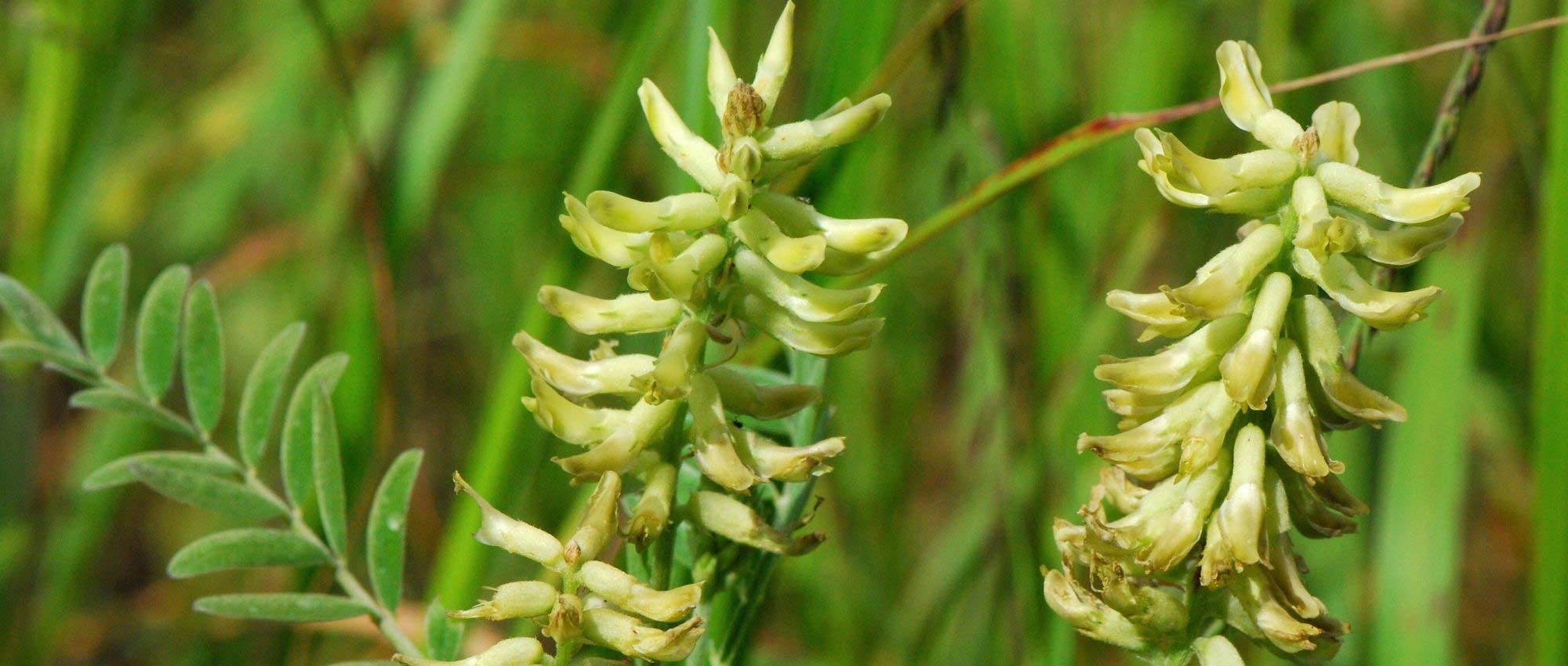Astragalus
Would this plant suit my garden? Set up your Plantfit profile →
Available in 1 sizes
Available in 1 sizes
Available in 1 sizes
Available in 1 sizes
The Astragalus genus comprises over 2500 species of annual or perennial plants, quite rare in cultivation. These plants from the Fabaceae family tolerate almost all types of soil as long as they are well-drained, rather dry, even arid for some. Astragalus are grown in sunlight and their hardiness varies depending on the species. The leaves are pinnate, consisting of several leaflets, and the yellow, orange, white, violet or blue inflorescences are arranged in clusters, which later produce pod-shaped fruits.
Haven't found what you were looking for?

































